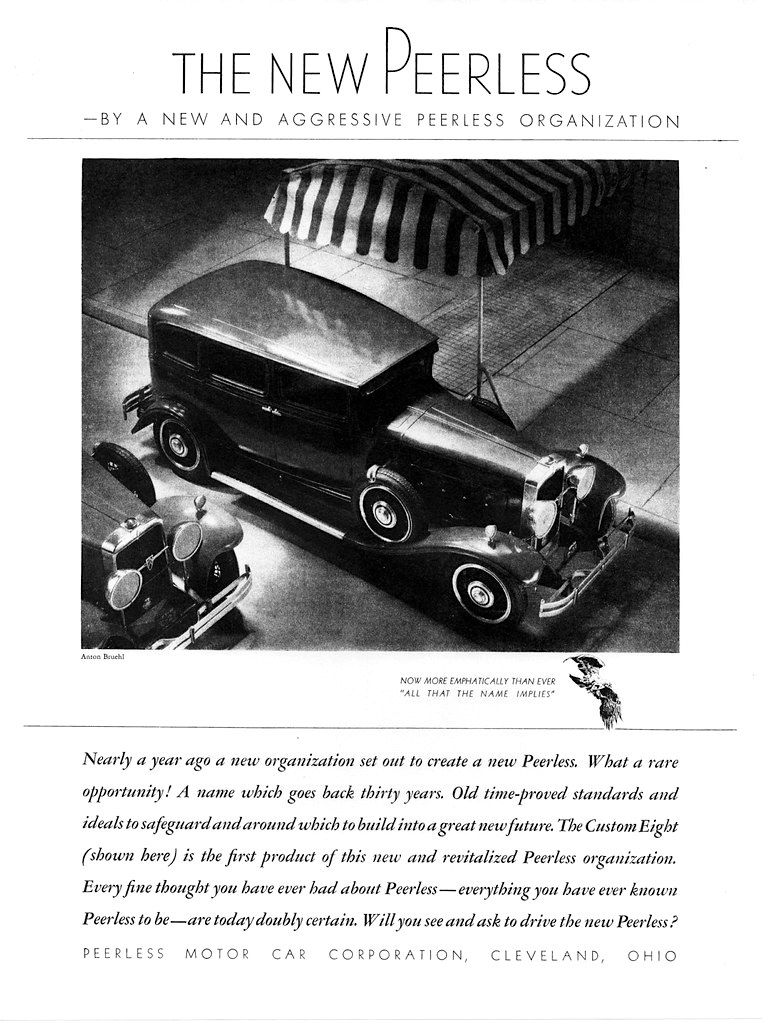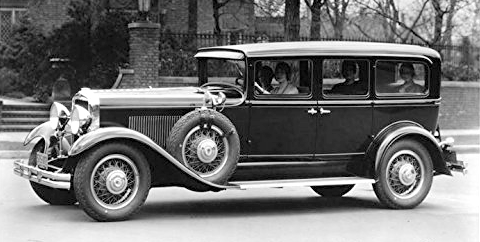Details of the evolution front W194 to W198 are in the image captions below. Unless noted, images originated at Daimler-Benz.
Spaceframe chassis
I don't know if the item pictured here is for a W194 or W198, though it's possible that those for late-W194s were the same as for W198 coupés. These frames were extremely light-weight, helping to reduce the weight of W194 rennwagen (race cars).
Early W194 road-tested
Interestingly, the front license plate frame sports the name "300 SL" ( SL = super leicht, super-light) so Mercedes was thinking of that moniker early in the game.
Front quarter view of early W194
Another view of apparently the same car. At least 11 W194s were made, and this is an early one because it lacks the famous 300 SL gull-wing doors. Entry here required stepping over the fender while having a gull-wing partial door raised.
Side view of early W194
The basic body shape was carried over to production 300 SLs, though the fenders were narrowed and otherwise reshaped slightly.
Rear quarter view of early W194
This shows the initial puffed-out fenders. The next evolutionary step was provision of a gull-wing door on the driver's side only.
W194 with doors raised
This later W194 features a full set of gull-wing doors. The plaid cloth seat trim was replaced by leather on 300 SLs.
1953 W194 chassis #11, front quarter view
This was probably the ultimate W194, perhaps serving as a kind of prototype of the 300 SL. The air vent on the front fender was carried over into production in modified form, but not the front styling or the rear fender vent.
1953 W194 chassis #11, rear quarter view
Rear view of 1953 W194 chassis #11
Note the large gasoline tank filler cap in the rear window. This is a racing car feature. The trunk lid sports the legend "300 SL." That and the Mercedes star imply a production car. The large letter D probably stands for Deutschland.
1954 300 SL (W198) with doors raised
The "eyebrow" over the front wheel opening was to reduce window splash while driving in rain at high speed, according to Mercedes. The other one is decoration.
Front quarter view of 1955 300 SL, Mecum auction photo
My web search of auction sites indicates that an excellent-condition 300 SL coupé can be had for more than one million dollars.
Front quarter view of 1955 300 SL with doors raised, Mecum photo
Gull-wing doors became something of a fad, as I mentioned here. That said, they aren't very practical, though the spaceframe chassis required something like it.
Rear quarter view of 1955 300 SL, Mecum photo
The passenger compartment greenhouse is almost the same as that of W194 chassis #11. Missing is the racing fuel cap on the backlight window,
1958 300 SL Roadster
Model year 1957 saw Coupés being phased out and Roadsters phased in. Note the conventional door. This change required reworking the spaceframe. I wonder if that affected body flexing for the worse.





















































